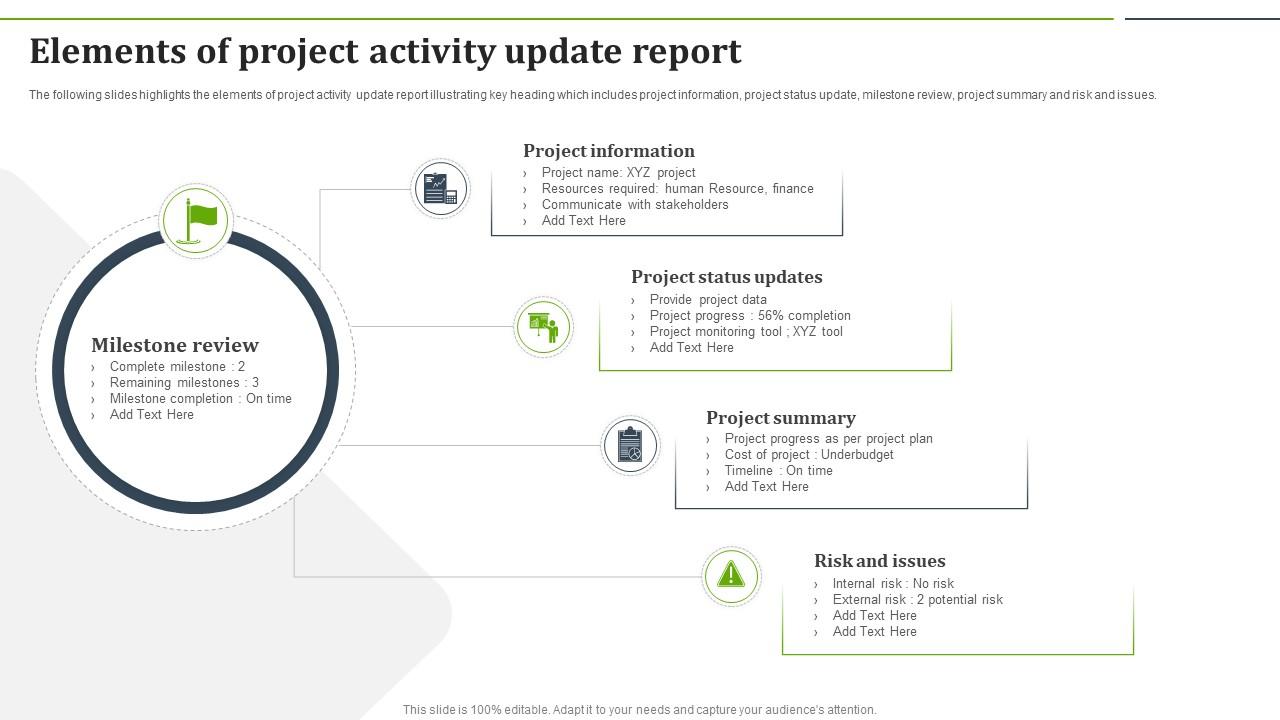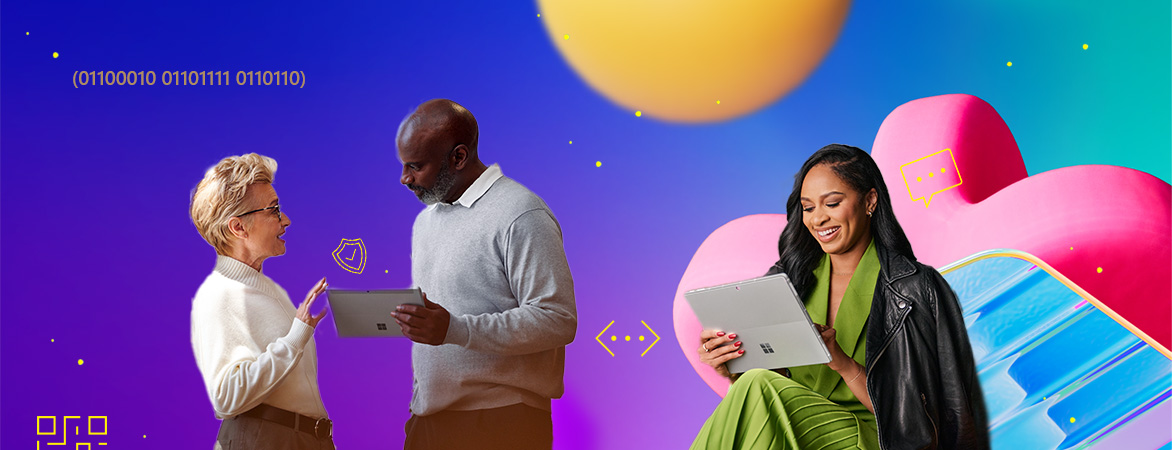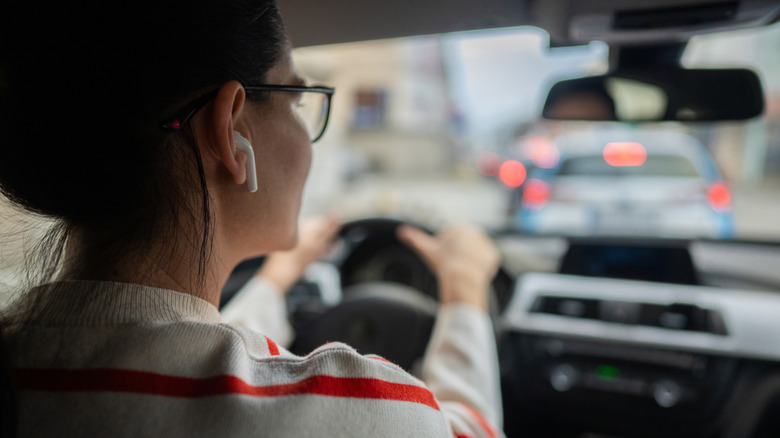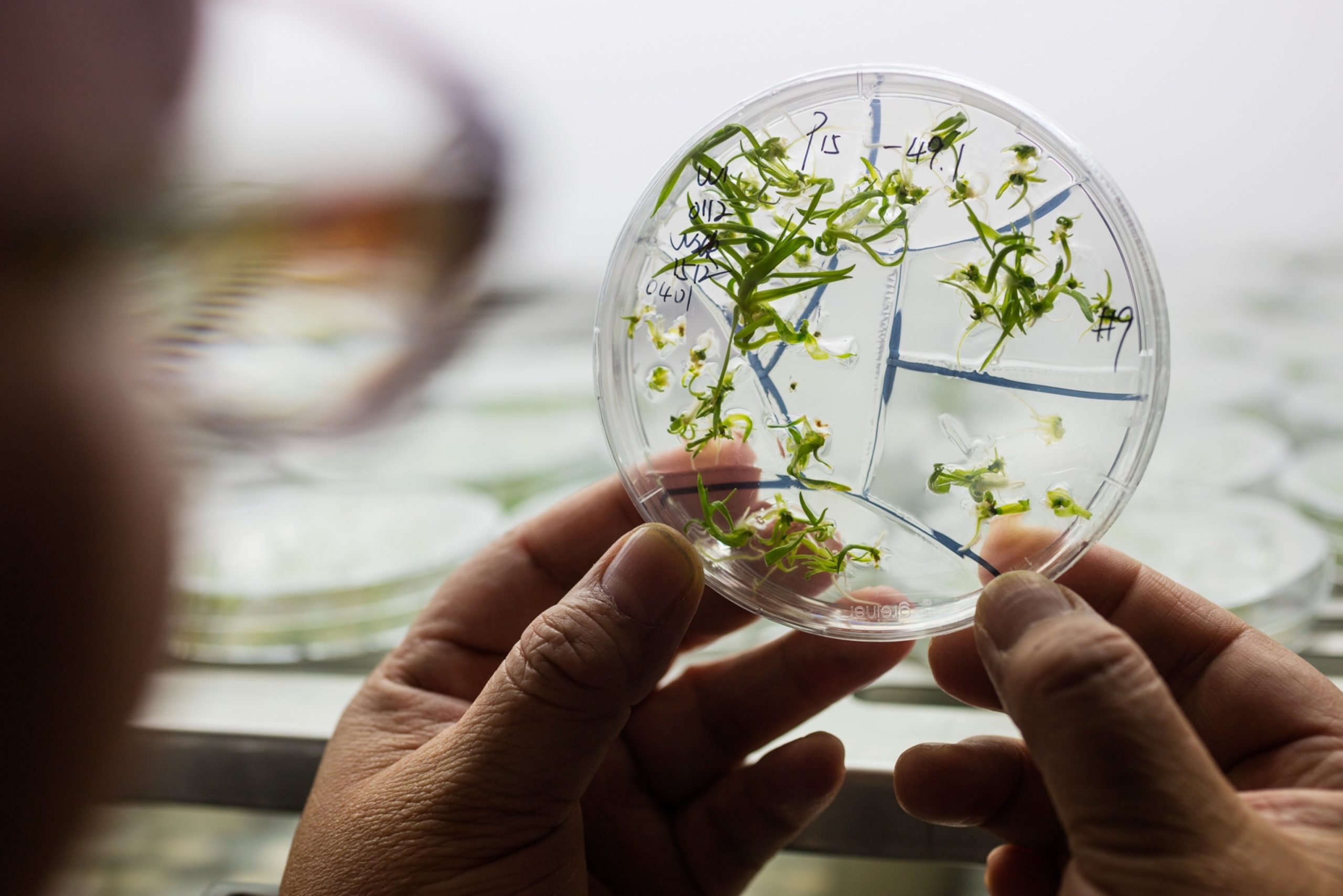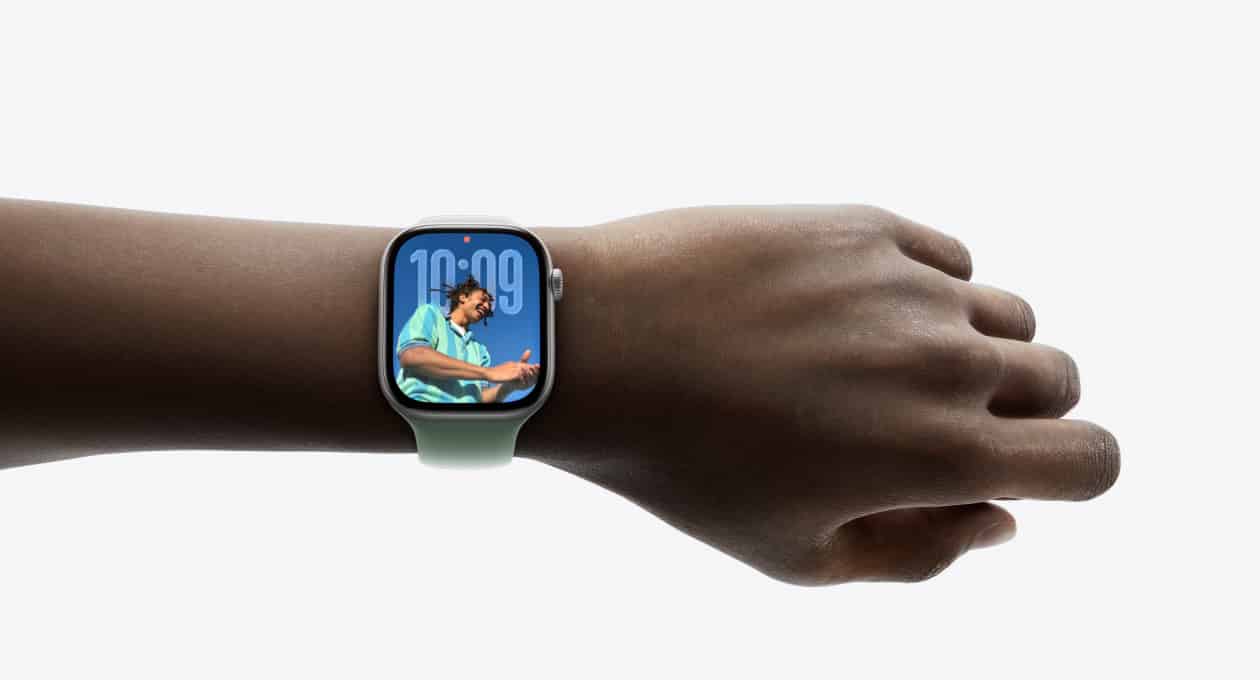# Crucial Accessories for Enhancing Your Mac Environment
Enhancing and perfecting a Mac environment can greatly boost efficiency and create a more pleasant work area. For Mac enthusiasts, particularly those utilizing the M4 MacBook Pro, having the appropriate accessories can truly transform the experience. Here’s a thoughtfully selected list of essential accessories that any Mac user would find beneficial.
## 1. Logitech MX Master 4
The Logitech MX Master 4 mouse represents an advancement from its former model, showcasing upgraded construction and haptic feedback. The new textured plastic material boosts resilience, earning it a loyal user base. It’s a multifunctional instrument that can greatly optimize workflow.
[Buy on Amazon](https://geni.us/eOqdGUp)
## 2. Satechi Desk Mat
A chic desk mat can enhance the visual appeal of a workspace. The Satechi eco-leather desk mat comes in several hues and features a dual-sided design for flexibility. It is durable and introduces a hint of sophistication to any desk arrangement.
[Buy on Satechi](https://geni.us/Hp5TfdA)
## 3. OWC Thunderbolt 5 Dock
The OWC Thunderbolt 5 Dock streamlines connections with various ports, enabling a single-cable link to displays and peripherals. It’s crucial for those desiring a smooth shift between laptop and desktop settings.
[Buy on OWC](https://geni.us/iyTS)
## 4. Satechi USB-C 165W Charger
Featuring four USB-C ports, the Satechi USB-C 165W GaN Charger guarantees quick and efficient charging for all devices. Its compact form makes it an essential part of any desk setup.
[Buy on Satechi](https://geni.us/7m7unb)
## 5. Laptop Stands from Twelve South
Twelve South provides an array of laptop stands, including the BookArc for clamshell mode and the Curve for open use. These stands help enhance desk space and promote better ergonomics.
[Buy BookArc](https://geni.us/jgu6i) | [Buy Curve](https://geni.us/KSCRKq6)
## 6. Beats Pill
The Beats Pill is a compact speaker that merges elegance with sound quality. It’s ideal for individuals who relish music or podcasts while working.
## 7. iPhone Stand
The Twelve South HiRise 3 Deluxe serves not only as a charging stand for the iPhone but also incorporates a wireless charging pad for AirPods and a built-in charger for Apple Watch, rendering it a multifunctional accessory.
[Buy HiRise 3 Deluxe](https://geni.us/AqA8o)
## 8. Apple Magic Keyboard with Touch ID
The Apple Magic Keyboard with Touch ID ensures smooth synchronization with macOS, facilitating easy device unlocks and secure payments. Its familiar typing experience is advantageous for users moving from a laptop keyboard.
[Buy Magic Keyboard](https://geni.us/URhDW)
## 9. Apple Magic Trackpad
The Apple Magic Trackpad complements the keyboard and mouse, offering a seamless surface for gesture-based navigation, particularly beneficial for creative processes.
[Buy Magic Trackpad](https://geni.us/fuBey8)
## 10. Satechi Headphone Stand
The Satechi 2-in-1 Headphone Stand not only accommodates headphones but also includes a Qi charger for devices. It’s an efficient solution for maintaining an organized desk.
[Buy Headphone Stand](https://geni.us/KkAHTc)
## 11. HomeKit Light Strips
Incorporating HomeKit light strips into your workspace can enhance ambiance and individuality. These strips can be managed via iPhone or Siri, making them a smart addition to any configuration.
[Buy HomeKit Light Strips](https://geni.us/V5LA44j)
## 12. Philips Hue Play Light Bar
For those seeking a top-tier lighting solution, the Philips Hue Play Light Bar offers stunning accent lighting. It necessitates a Hue Bridge for complete functionality.
[Buy Philips Hue Play](https://geni.us/x5B1NWI)
## 13. HomeKit Desk Lamp
An elegant HomeKit-compatible desk lamp can deliver necessary lighting while allowing for intelligent control. The Meross desk lamp is a dependable choice that suits any work environment.
[Buy Meross Desk Lamp](https://geni.us/Gd6BWJP)
## 14. Under-Desk Storage Shelf
To maintain a neat workspace, the HumanCentric Under Desk Storage Shelf is an excellent option. It mounts to the bottom of the desk and provides storage for small essentials.
Read More